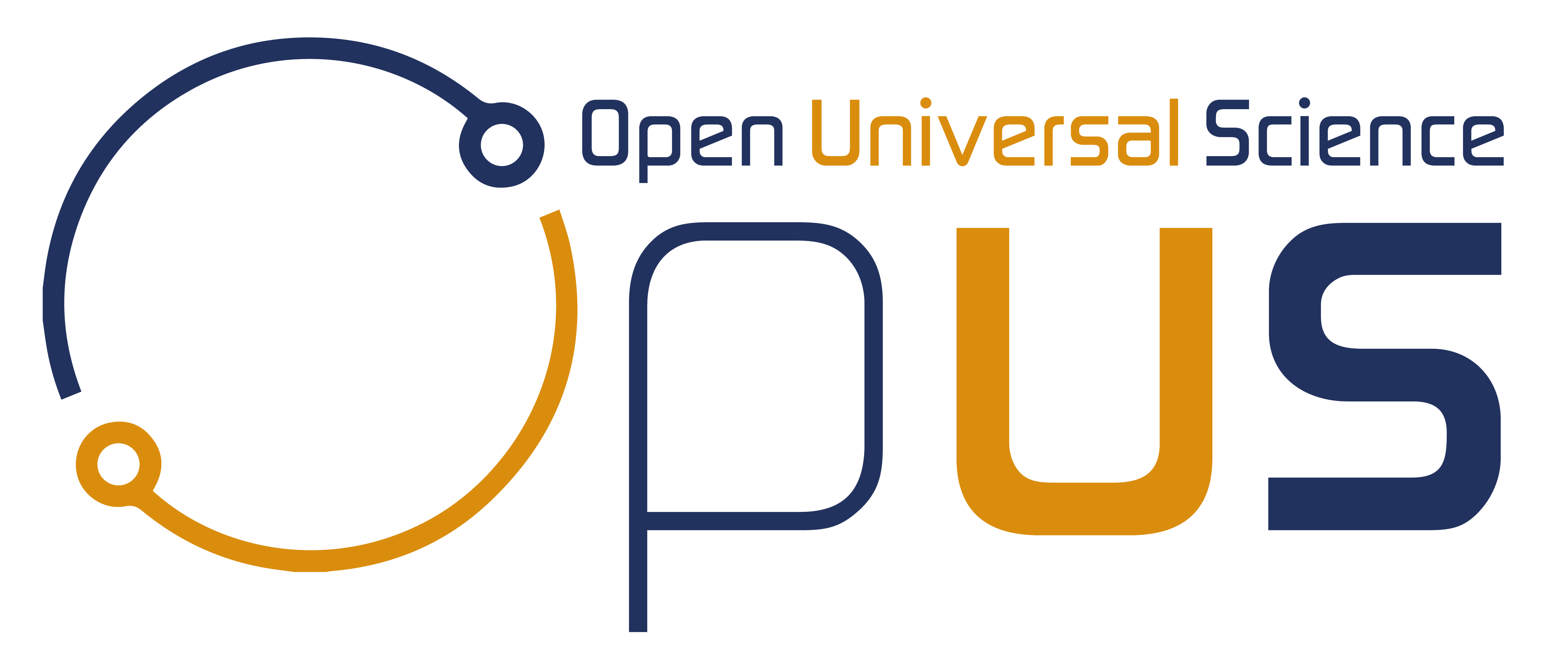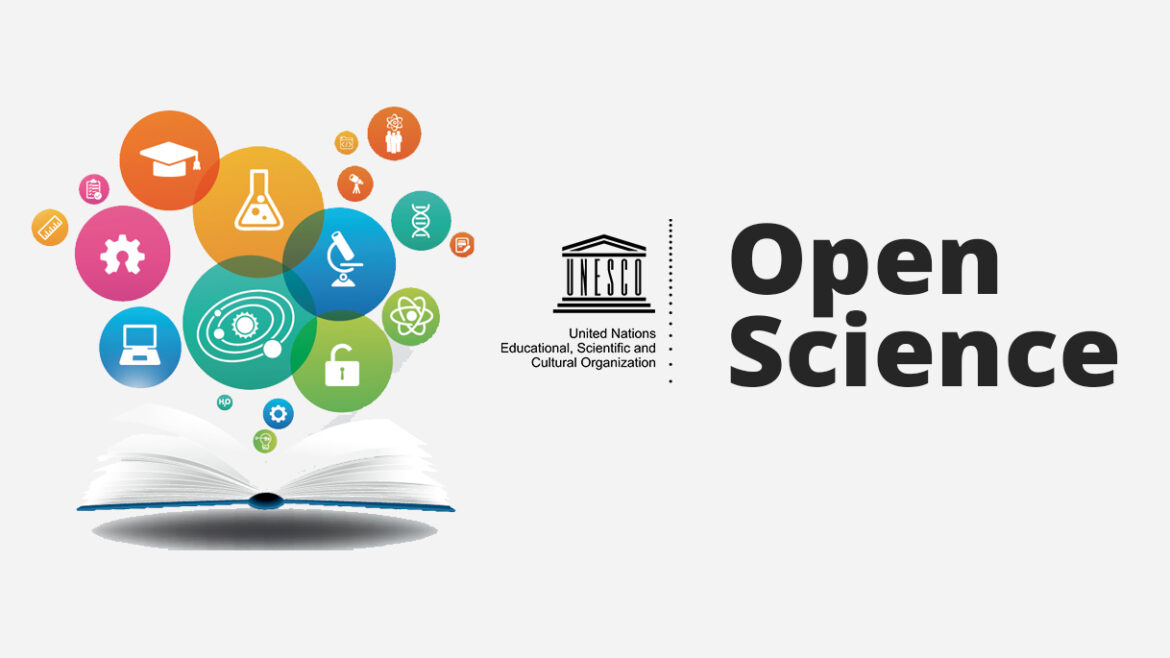Research Assessment Purpose
Research Assessment Purpose https://opusproject.eu/wp-content/uploads/2023/04/pexels-pixabay-159751.jpg 1 1 Open and Universal Science (OPUS) Project https://opusproject.eu/wp-content/uploads/2023/04/pexels-pixabay-159751.jpgResearch assessment is an essential process that aims to evaluate the quality and impact of research activities. The purpose of research assessment is to provide a comprehensive and objective evaluation of the research outputs produced by individuals, institutions, or nations.
Research assessment is a critical element of research management and funding policies, as it helps to ensure that resources are allocated effectively and efficiently. By evaluating the quality and impact of research, research assessment can inform the decision-making process of funding bodies, universities, and other research organizations.
There are several key objectives of research assessment, including:
- To evaluate research quality: Research assessment helps to evaluate the quality of research outputs, including publications, patents, and other research products. This evaluation can help to identify areas of strength and weakness, and inform strategies for improving research quality.
- To measure research impact: Research assessment aims to measure the impact of research, both within the academic community and beyond. This can include assessing the societal, economic, and cultural impact of research, as well as its contribution to scientific knowledge.
- To inform research policy: Research assessment can inform research policy, by identifying areas of research strength and weakness, and highlighting research priorities. This can help to ensure that research funding is directed towards areas of greatest need and potential impact.
- To support research management: Research assessment can support research management, by providing data on research performance that can be used to inform decision-making. This can include decisions on funding allocation, staffing, and research strategy.
- To enhance research culture: Research assessment can contribute to a positive research culture, by providing recognition and support for researchers who produce high-quality research outputs. This can help to create a culture of excellence, and encourage researchers to strive for excellence in their work.
Overall, the purpose of research assessment is to provide an objective evaluation of research quality and impact, and to inform decision-making in research management and funding policies. By providing a comprehensive assessment of research outputs, research assessment can support the development of a positive research culture, and help to ensure that research funding is allocated effectively and efficiently.




